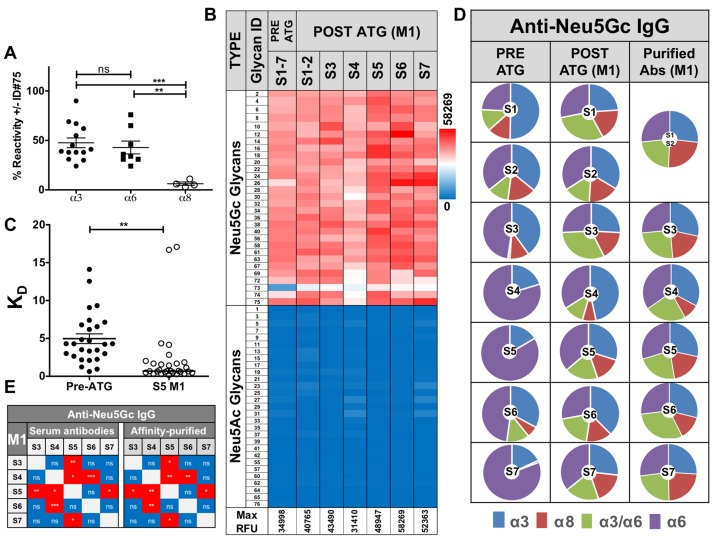Figure 3. Characterization of affinity-purified anti-Neu5Gc IgGs pre- and post-ATG.
A. Anti-Neu5Gc antibodies were affinity-purified from pooled pre-ATG or S5-M1 sera then 1 μg/well each analyzed by sialoglycan microarrays, in the presence or absence of 0.5 mM of competing glycan ID#75 (Neu5Gcα8Neu5Gcα3Galβ4GlcβO-Linker), followed by detection with Cy3-anti-human IgG (40 ng/well). Reactivity against glycolipid-glycans (α8) is greatly inhibited compared to others (α3/6) (One-way AVONA, Bonferroni post-test, p = 0.0012). B. Affinity-purified antibodies tested at 1 μg/well followed by Cy3-anti-human IgG confirmed high Neu5Gc-specificity (Heatmap across all samples). C. To evaluate affinities of purified anti-Neu5Gc antibodies from pre-ATG versus S5-M1 sera, IgGs reactivity was tested at 14 quartile-serial dilutions and KD-values/glycan calculated, demonstrating increased affinities post-ATG (medians; non-linear fit with one-site specific binding; Table S2). D. Pie charts of anti-Neu5Gc-IgG divided by Sia-linkages reveals increased diversity pre-/post-ATG, that is maintained after affinity-purification. Charts represent average response against Neu5Gc-glycans with Siaα2–3 linkage (α3), Siaα2–6 linkage (α6), glycolipid-type di/tri-sialylated with Siaα2–8 linkage (α8), or the branched di-Sia (α3/6). E. Similar correlation of anti-Neu5Gc IgG at M1-post-ATG before/after affinity-purification between patients (Pearson, Two-tailed, 95% CI), supporting efficient affinity-purification.

